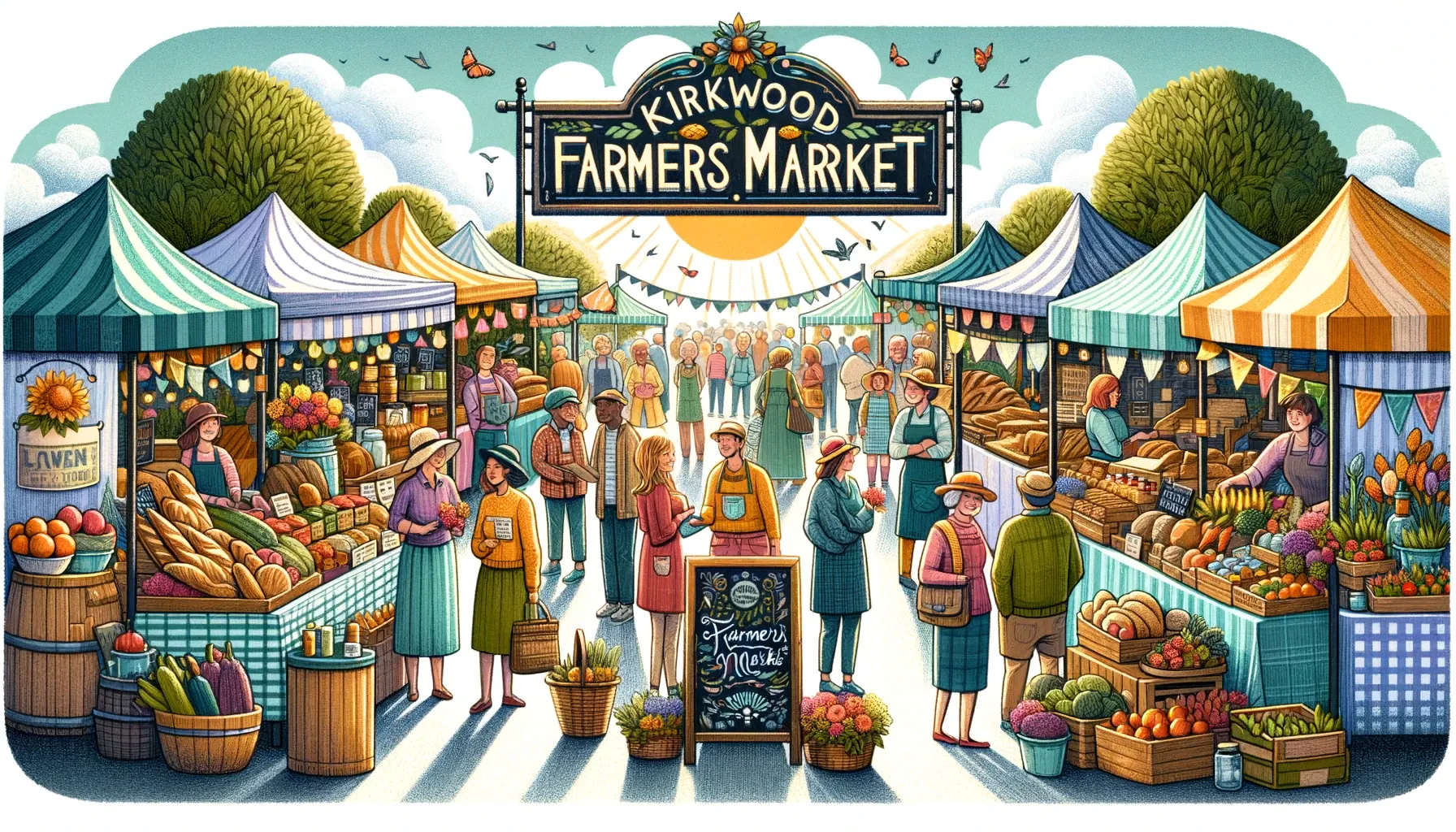Table of Contents
Discover the art of rhetoric and explore the question, “Which of these rhetorical devices is most clearly used here?” in this comprehensive guide. Uncover the secrets of persuasive communication.
Welcome to an adventure into the charming international of rhetorical devices. Rhetoric is an effective tool, often employed in communication to persuade, tell, or entertain. In this text, we can delve into the artwork of rhetoric and explore the question: “Which of these rhetorical devices is most in reality used here?” You’ll learn about numerous rhetorical devices, their packages, and a way to become aware of them in unique contexts.

The Power of Rhetorical Devices
Rhetorical devices are linguistic tools used to influence and engage an audience. They add depth and flair to communication, making it more persuasive and impactful. Let’s explore some of the most commonly used rhetorical devices:
Alliteration
Alliteration is the repetition of initial consonant sounds in a series of words. It adds a musical quality to the text and makes it memorable. For example, “She sells seashells by the seashore.”
Anaphora
Anaphora involves the repetition of a word or phrase at the beginning of successive clauses or sentences. It emphasizes a point and creates a rhythmic effect. Martin Luther King Jr.’s famous speech is a prime example: “I have a dream…”
Metaphor
Metaphors make abstract concepts more tangible by comparing them to something familiar. For instance, “Time is money” equates time to as a valuable resource.
Hyperbole
Hyperbole uses exaggeration for emphasis. It’s a common device in advertising, such as “This suitcase can hold a ton of clothes.”
Irony
Irony is the use of words to convey the opposite of their literal meaning. It can be humorous or sarcastic, as seen in the famous quote by Oscar Wilde: “I can resist everything except temptation.”
Rhetorical Question
A rhetorical question is asked not to receive an answer but to make a point. “Are you kidding me?” is a rhetorical question expressing disbelief.

Identifying Rhetorical Devices in Speech and Writing
To answer the question, “Which of these rhetorical devices is most clearly used here?” one must learn to recognize these devices in both spoken and written language. Here are some tips:
- Listen Actively: Pay attention to the words and phrases used by speakers. Note any repetitive patterns, metaphors, or questions.
- Read Closely: When reading, look for words or phrases that stand out. They may be metaphors, hyperboles, or other rhetorical devices.
- Context Matters: Consider the context in which the communication takes place. Irony, for example, may be more evident in sarcastic or satirical contexts.
- Consider the Purpose: Analyze the speaker or writer’s intent. Are they trying to persuade, inform, or entertain? The choice of rhetorical devices may vary accordingly.
AN amazing post to read about Chrisley Knows Best Mind Your Business
FAQ
What is the purpose of using rhetorical devices?
Rhetorical devices are used to enhance communication by making it more engaging, persuasive, or impactful. They add depth and flair to language.
Can rhetorical devices be used in everyday conversation?
Absolutely! Rhetorical devices can make everyday conversations more engaging and memorable. Alliteration, metaphor, and rhetorical questions are commonly used in casual speech.
Are rhetorical devices only used in literature and speeches?
No, rhetorical devices are used in various forms of communication, including advertising, politics, and everyday conversation.
Are rhetorical devices culturally universal?
While some rhetorical devices are cross-cultural, others may be culture-specific. It’s essential to consider cultural context when analyzing communication.
Exploration
In this exploration of rhetorical devices, we have uncovered the energy of language and the way it can be wielded to persuade, tell, and entertain. By asking the question, “Which of those rhetorical devices is maximum truly used right here?” you’ve taken the first step in the direction of becoming a more astute and effective communicator. Remember, the key to studying rhetoric is exercise and observation.






